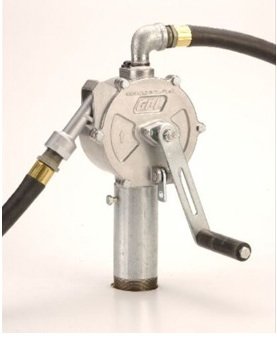healhustler
Guru
- Joined
- Oct 2, 2009
- Messages
- 5,198
- Location
- USA
- Vessel Name
- Bucky
- Vessel Make
- Krogen Manatee 36 North Sea
The problem with all these forums are all the useless and inane comments unrelated to the original issue.
LOL, maybe your right, Rich, although to admit that a few of the insane and unrelated ideas expressed in these forums are being incorporated into my boat right now. Somewhere between the lucidity and madness, experience and imagination, and the qualified and ridiculous is the answer to the question I'm too embarrassed to ask.







